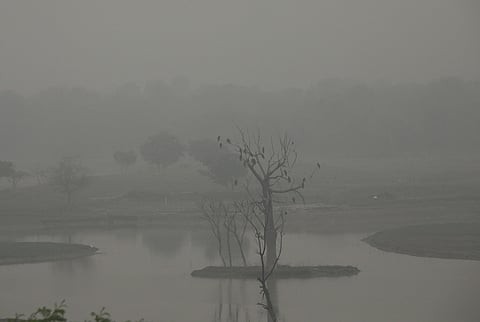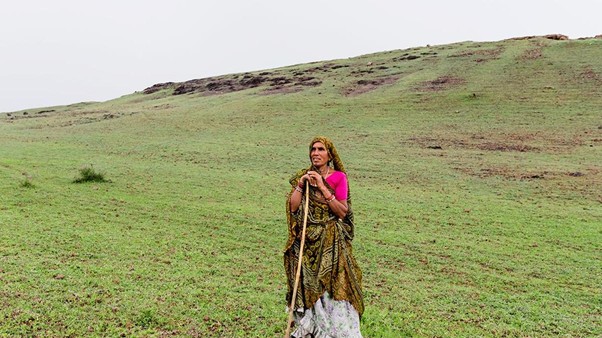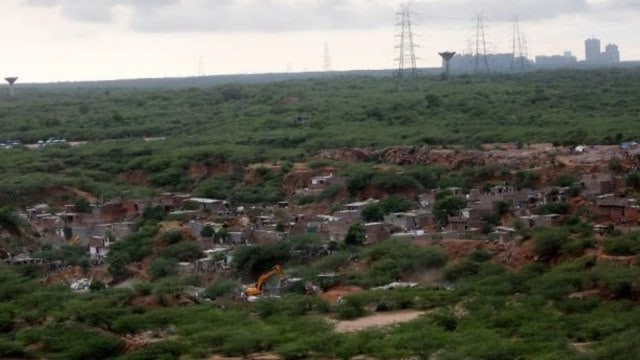



Guneri, located in Gujarat's Kutch district, has been declared Gujarat's first Biodiversity Heritage Site. This inland mangrove area is significant for its rare and unique ecosystem, formed during the Miocene period, and plays a vital role in preserving groundwater flow and supporting mangrove biodiversity.

Disclaimer: Copyright infringement not intended.
The 32.78-hectare area of Guneri village in Lakhtar tehsil of Kutch district, which is a natural inland mangrove site, has been declared as the first Biodiversity Heritage Site of Gujarat.
|
Attribute |
Details |
|
Location |
Guneri, Kutch district, Gujarat |
|
Seawater Influence |
Seawater never approaches |
|
Terrain |
Sludge, flat soil, forest-like |
|
Significance |
Last remains of inland mangroves in India |
|
Rarity |
Inland mangroves are rare, reported only from eight places worldwide |
|
Possible Origin |
Assumed to have formed after a sea incursion during the Miocene period or on the bank of the Lost River (Saraswati River) in the Great Rann of Kachchh |
|
Geological Features |
Presence of limestone deposits in western Kutch |
|
Role of Limestone |
Provides a continuous flow of groundwater, supporting the mangrove ecosystem |
|
Legal Protection |
Notified under the Biodiversity Act, 2002 |
|
Government Action |
State Government authorized to declare it as a Biodiversity Heritage Site (BHS) after consulting local authorities |

|
Criteria |
Description |
|
Richness of Species |
Presence of both wild and domesticated species, including various intra-specific categories. |
|
High Endemism |
Presence of species that are unique to a particular geographic region. |
|
Rare and Threatened Species |
Includes rare, endangered, and keystone species, along with species of evolutionary significance. |
|
Wild Ancestors |
Presence of wild ancestors of domesticated or cultivated species, including their varieties. |
|
Historical and Cultural Significance |
Areas with fossil beds indicating past biological pre-eminence, cultural, ethical, or aesthetic values contributing to cultural diversity. |
|
Human Association |
Regions that have or have not had a long history of human interaction but remain significant for biodiversity conservation. |
Source:
|
PRACTICE QUESTION Q. Mangroves are crucial to coastal ecosystems and provide numerous ecological, economic, and social benefits. Discuss the importance of mangrove ecosystems in India, the challenges they face, and the government initiatives for their conservation and sustainable management. (250 words) |







© 2025 iasgyan. All right reserved